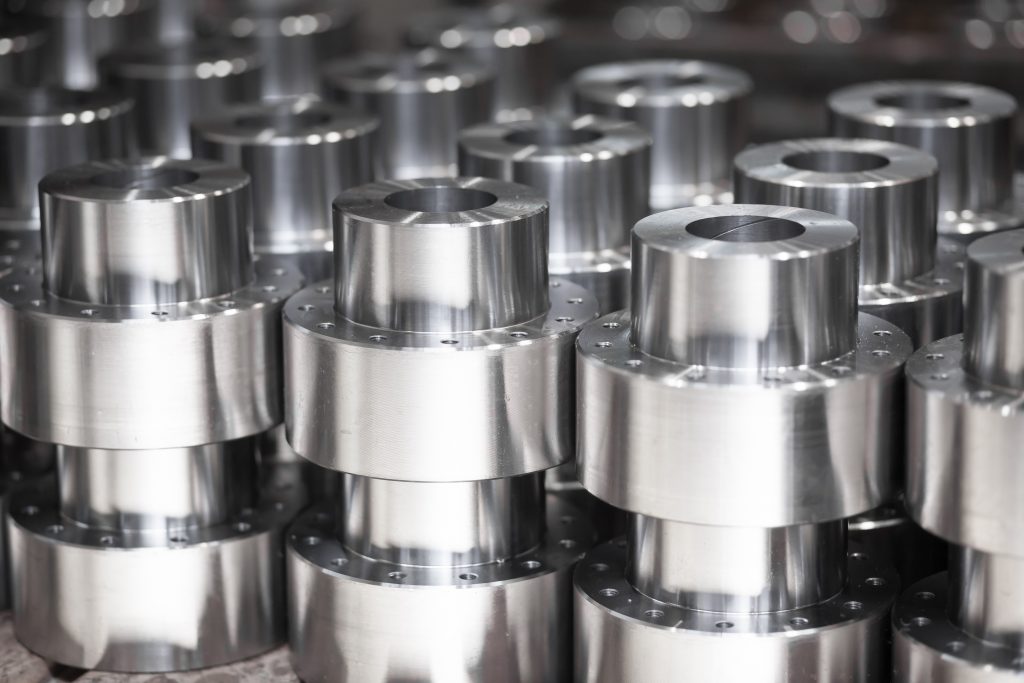CNC machining is a process that utilizes computer numerical control (CNC) machines to create precision parts and components. CNC machining is used in a variety of industries to create complex and precise parts, components, and tools. While CNC machining can be a cost-effective and efficient way to produce parts and tools, it is important to understand the associated costs to get the best value for your money. This article will provide an overview of CNC machining costs and how to ensure you are getting the best value for your money.
CNC achining is a process that uses computer numerical control (CNC) machines to create precision parts and components. CNC machines are used in a variety of industries to create complex and precise parts, components, and tools. CNC machining offers a cost-effective and efficient way to produce parts and tools, but it is important to understand the associated costs to get the best value for your money. This article will provide an overview of CNC machining costs and how to ensure you are getting the best value for your money.
Overview of CNC Machining Costs
CNC machining costs will vary depending on the complexity of the part and the type of material used. Generally speaking, CNC machining costs include the cost of materials, labor, and overhead. Material costs will depend on the type of material used and the quantity needed. Labor costs will depend on the complexity of the part and the experience of the machinist. Overhead costs include the cost of electricity and other supplies needed for the job.
Factors Affecting CNC Machining Cost
There are a number of factors that can affect the cost of CNC machining. The complexity of the part, the type of material used, and the experience of the machinist are all factors that can affect the cost of CNC machining. Additionally, the size of the part, the number of parts, and the lead time can also affect the cost. It is important to consider all of these factors when determining the cost of CNC machining.
Tips for Reducing CNC Machining Costs
There are a number of ways to reduce the cost of CNC machining. One of the most effective ways to reduce costs is to use a less expensive material. For example, aluminum is often a more cost-effective material than steel. Additionally, using a more experienced machinist can help reduce costs as they are more likely to be able to complete the job quickly and accurately. Finally, it is important to consider the lead time when determining costs as a longer lead time can result in increased costs.
Conclusion
CNC machining is a cost-effective and efficient way to produce parts and tools, but it is important to understand the associated costs to get the best value for your money. The cost of CNC machining will vary depending on the complexity of the part, the type of material used, and the experience of the machinist. There are a number of ways to reduce the cost of CNC machining, such as using a less expensive material, using an experienced machinist, and considering the lead time. By understanding CNC machining costs and taking steps to reduce them, you can ensure you are getting the best value for your money.



